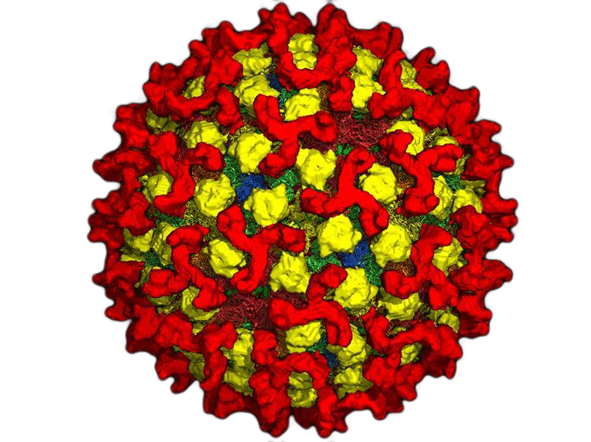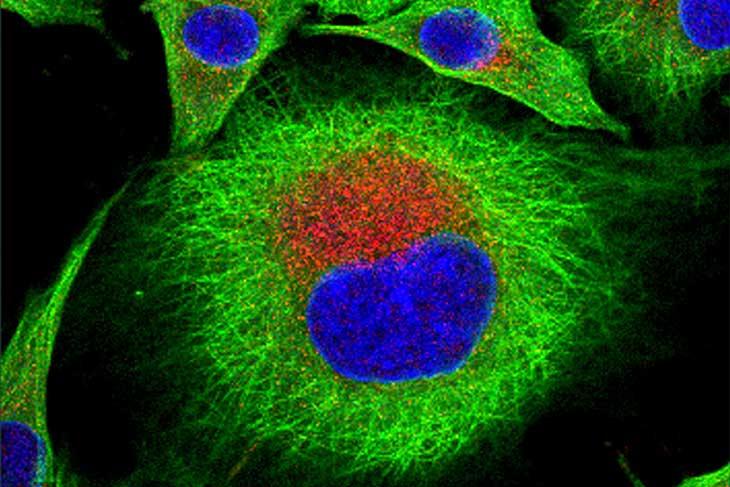Please package your samples carefully to avoid any damage or leakage during transport. The Pirbright Institute does not take any liability for loss or damage to samples during transit
If your samples contain (or are reasonably expected to contain) a pathogen, they are classified as dangerous goods for transportation, and minimum packaging standards will apply (see advice below).
Infectious substances
Infectious substances are defined as 'substances which are known or are reasonably expected to contain pathogens. Pathogens are defined as micro-organisms (including bacteria, viruses, rickettsiae, parasites, fungi) and other agents such as prions, which can cause disease in humans or animals.' Read the IATA guidelines
Submissions should be packed per international transportation guidelines for Class 6.2 dangerous goods (infectious substances).
If your samples are incorrectly categorised as not an infectious substance and/or packaged incorrectly they risk being destroyed by national customs authorities during transport.
Categories
Infectious substances are divided into two categories: Category A and Category B.
| Category A | An infectious substance which is transported in a form that, when exposure to it occurs, is capable of causing permanent disability, life-threatening or fatal disease in otherwise healthy humans or animals. | UN2814, UN2900 or UN3291 |
|---|---|---|
| Category B | An infectious substance which does not meet the criteria for inclusion in Category A. | UN3373 |
Categorised viruses
| UN2900 (Infectious substance, affecting animals) | UN3373 (Biological substance Category B) |
|---|---|
| African swine fever virus (cultures only) | African horse sickness virus |
| Foot and mouth disease virus (cultures only) | Bluetongue virus |
| Goat pox virus (cultures only) | Epizootic haemorrhagic disease virus |
| Lumpy skin disease virus (cultures only) | Marek’s disease virus |
| Peste des petits ruminants virus (cultures only) | |
| Rinderpest virus (cultures only) | |
| Sheep pox virus (cultures only) | |
| Swine vesicular disease virus (cultures only) | |
| Vesicular stomatitis virus (cultures only) |
IATA categorisation of virus commonly tested for in the reference laboratories at The Pirbight Institute can be seen in the "Categorised viruses" tab above.
This table is not exhaustive. Infectious substances, including new or emerging pathogens, which do not appear in the table but which meet the same criteria must be assigned to Category A. In addition, if there is doubt as to whether or not a substance meets the criteria it must be included in Category A.
Packing advice
Advice on how to package your samples can be found in the Pirbright packing instructions (PDF) and the video below.


